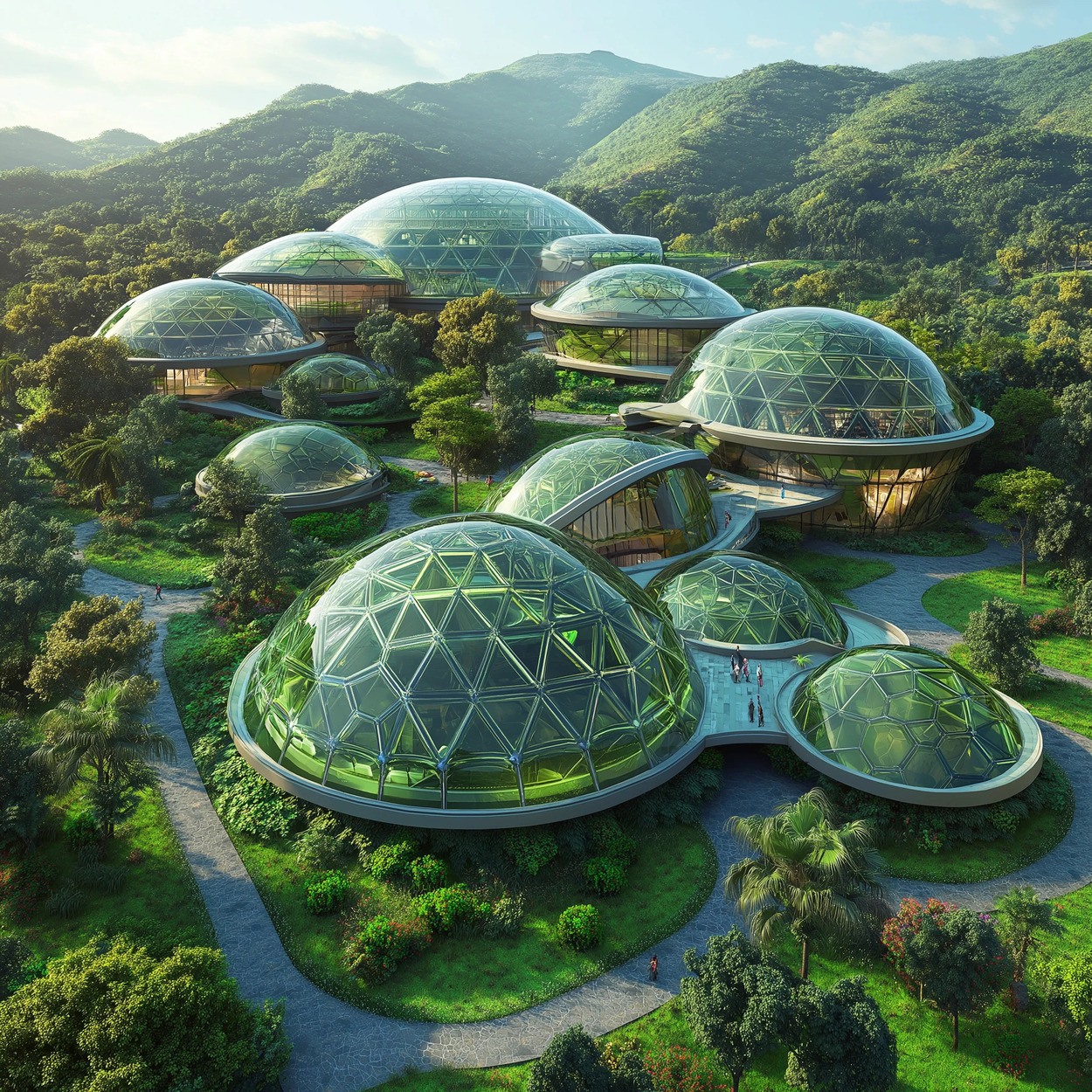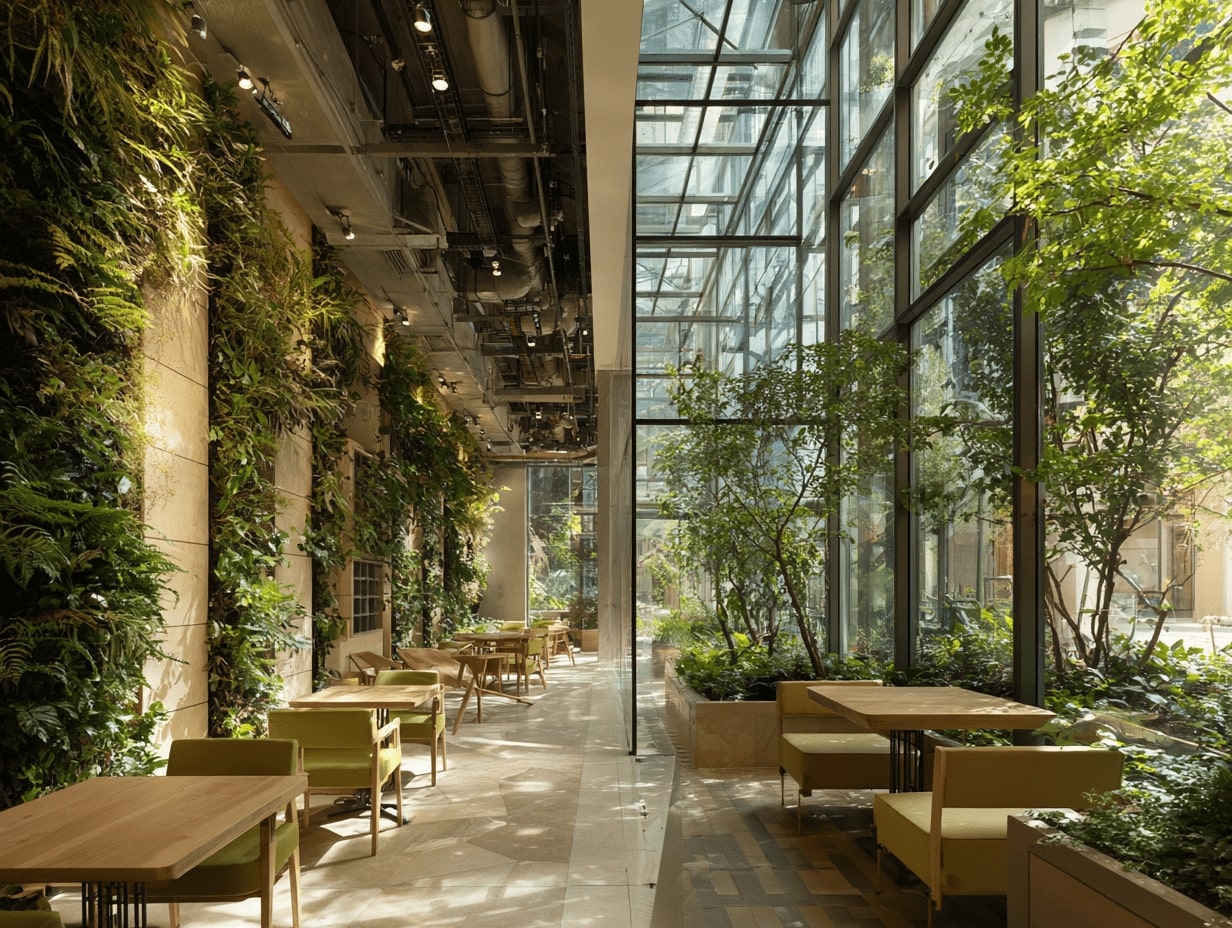- Home
- Articles
- Architectural Portfolio
- Architectral Presentation
- Inspirational Stories
- Architecture News
- Visualization
- BIM Industry
- Facade Design
- Parametric Design
- Career
- Landscape Architecture
- Construction
- Artificial Intelligence
- Sketching
- Design Softwares
- Diagrams
- Writing
- Architectural Tips
- Sustainability
- Courses
- Concept
- Technology
- History & Heritage
- Future of Architecture
- Guides & How-To
- Art & Culture
- Projects
- Interior Design
- Competitions
- Jobs
- Store
- Tools
- More
- Home
- Articles
- Architectural Portfolio
- Architectral Presentation
- Inspirational Stories
- Architecture News
- Visualization
- BIM Industry
- Facade Design
- Parametric Design
- Career
- Landscape Architecture
- Construction
- Artificial Intelligence
- Sketching
- Design Softwares
- Diagrams
- Writing
- Architectural Tips
- Sustainability
- Courses
- Concept
- Technology
- History & Heritage
- Future of Architecture
- Guides & How-To
- Art & Culture
- Projects
- Interior Design
- Competitions
- Jobs
- Store
- Tools
- More
Visionary Designs: Shaping the Future of Innovative and Sustainable Architecture
Explore the groundbreaking innovations in architectural design and construction in our newest feature. Dive into the world of visionary architects like Zaha Hadid and Renzo Piano, and discover the emergence of green materials and smart building technologies. This insightful article examines modern architecture's drive toward sustainability and efficiency in our growing urban landscapes.

In the ever-evolving world of architecture, we’re witnessing a revolution. Visionary designs are not just shaping our skylines, but they’re also dictating the future. From eco-friendly buildings to smart homes, innovation is at the heart of this architectural renaissance.
It’s not just about aesthetics anymore. Today, architects are pushing the boundaries of what’s possible, integrating technology, sustainability, and human-centric design. They’re redefining how we live, work, and interact with our surroundings.
Join us as we delve into this exciting new era of architecture. We’ll explore the game-changing designs and innovations that are set to redefine our built environment. It’s a journey into the future, and we’re just getting started.

Table of Contents
ToggleVisionary Designs in Architecture
Exploring the Role of Visionaries
As we dive into the role of visionaries in architecture, we realize it doesn’t come down to mere aesthetics. Visionaries extend their reach beyond what’s traditional and attainable, venturing into the unexplored territories of design. They dare to challenge the status quo, integrating technology, human-centric design, and sustainability in their works. By creating bold, revolutionary concepts, these architects are opening up an array of possibilities for our built environments.
Impact of Visionary Designs on Architecture
Let’s delve into the impact of these visionary designs. The beauty of visionary architecture is that it pushes boundaries. It’s not just about building buildings anymore; it’s about reshaping skylines, transforming living spaces, and redefining interactions. Visionary architecture looks at the bigger picture, blending buildings into the cityscape while enhancing the aesthetic, environmental, and societal value of urban spaces.
The integration of technology particularly stands out. Smart designs and IoT (Internet of Things) are bridging the gap between brick-and-mortar structures and digital interfaces. From smart homes to app-controlled office spaces, architects are leveraging tech to offer optimal functionality, accessibility, and efficiency.
Sustainability is another key facet of this architectural revolution. Today’s architects are moving beyond conventional energy sources, exploring solar power, wind energy, and other renewable options for powering urban structures. They’re not only reducing carbon footprints but also helping to combat climate change.
And finally, there’s a solid emphasis on human-centric design. Architects are increasingly focused on creating spaces that cater to humans’ emotional, physical, and psychological needs, offering more than just a roof over our heads.
Examples of Visionary Architects
It’s certainly impossible to talk about visionary designs without mentioning the architects behind them. Some notable names include Zaha Hadid, renowned for her deconstructivist designs such as the London Aquatic Centre and Guangzhou Opera House.
Next on the list is Bjarke Ingels, who made waves in the architectural world with his unconventional designs like the Mountain Dwellings in Denmark and Via 57 West in New York.
We also need to mention Norman Foster, the intellect behind the ‘Gherkin’ in London, and Renzo Piano, famed for his design of The Shard.
These visionary architects, among others, are not just designing buildings – they are defining our future. As we continue looking into the future of architecture, one thing seems certain: with visionaries like these at the helm, we’re in for a fascinating journey.

Future of Architecture
As we move forward, visionary design and innovation continue to mold the landscape of architecture. Our ethos leans into the promise of a future where technology, sustainability, and human-centric design shape the buildings and cities around us. This outlook invites us to consider how today’s breakthrough technology and sustainable practices will influence the architectural designs and construction methods of tomorrow.
Technology Trends Shaping the Future
Cutting-edge technology offers Architects new tools and possibilities to extend creative boundaries while improving functionality. The rise of virtual reality and augmented reality technology allows Architects to simulate and test their concepts in a dynamic 3D environment before physical construction takes place. For example, Bjarke Ingels uses VR technology as an integral tool in his design process.
Another trend to watch is the growing use of 3D Printing in construction. Rather than traditional building methods, 3D Printing can create complex structures in a fraction of the time, enhancing efficiency and reducing waste — a game-changer for sustainable design.
Smart home technology is also influencing architectural design, with buildings incorporating systems for energy management, security, and home automation, creating a seamless, intuitive, and responsive living environment. Norman Foster is among those architects integrating smart technology into their designs, setting a benchmark for the future of architectural design.
Sustainable Practices in Architecture
Commitment to sustainable practices in architecture is now more critical than ever. Our world’s most visionary architects — like Zaha Hadid and Renzo Piano — have dedicated their careers to creating designs that sustainably interact with their surroundings.
Renewable energy, natural materials in construction, and passive house standards are some of the ways sustainability gets integrated into architecture. Architects are leveraging renewable materials such as bamboo and recycled metals to minimize environmental footprints, while passive house design aims for ultra-low energy buildings that require little energy for heating or cooling.
The approach to sustainable architecture also includes the concept of urban farming, where buildings and skyscrapers incorporate green roofs and vertical gardens – making our cities greener and more self-sustainable.
Looking ahead, these tech trends and sustainability initiatives continue to shape the future architecture landscape. Yet, it is the creative vision and innovation of architects that ensure our built environment continues to inspire and serve us in the most efficient and sustainable way. This is just one part of the ongoing journey of architecture, with exciting developments yet to unfold. Together, these elements combine to create an engaging narrative of the future of architecture. It’s a story of transformation and evolution, propelled by creativity, problem-solving, and a deep commitment to sustainability and technological innovation.

Innovative Concepts in Architecture
As architects continue to push boundaries with their visionary designs, familiar paradigms are evolving. Two critical areas under transformation include materials and construction methods and the Integration of Smart Building Features. The applications of these innovations extend beyond aesthetics and functionality—they redefine architecture’s role in creating sustainable, comfortable, and adaptive spaces for future generations.
Disruptive Materials and Construction Methods
Eco-conscious design isn’t just a trend—it’s transforming the way we build. Novel, sustainability-focused materials and building techniques are revolutionizing the architectural world.
3D Printing, for instance, offers immense potential. Architectural practices around the globe are embracing this technology, enabling highly detailed, efficient, and lower-cost building production. Who could forget the visionary Bjarke Ingels and his audacious 3D-printed buildings?
Then, there’s the increasing use of bio-based materials—like timber and bamboo—in construction. Championed by architects like Zaha Hadid and Renzo Piano, these renewable materials offer significant sustainability benefits, reducing embodied carbon and improving energy efficiency.
In a similar vein, the Passive House Standard provides an exciting approach to radically improve building energy efficiency, eliminating the need for traditional heating systems. Such innovative design strategies are forging the path to a greener future.
Integration of Smart Building Features
The integration of smart systems within architectural design is another critical trend reshaping the discipline. With the advent of smart home technology, homes and buildings are no longer just static structures—they’re dynamic entities that interact with their inhabitants and surrounding environments.
Take, for instance, the groundbreaking designs of Norman Foster, integrating cutting-edge smart solutions. Advanced environmental controls, energy recovery systems, and real-time occupancy sensors are just a few features that make his buildings optimally sustainable and user-friendly.
By leveraging artificial intelligence, IoT, and other digital technologies, architects can create buildings that learn from, adapt to, and even predict our needs. Such responsive architectures truly embody the principle that our built environment is a reflection and extension of ourselves.
The ongoing development of these innovative concepts in architecture is setting the stage for a more sustainable, efficient, and interactive future. Rather than ending, our exploration of this subject will continue to expand as these innovations shape the architectural landscape in the years to come. The journey through architectural innovation is just beginning, and there’s no limit to what we might see and experience. The future of architecture is certainly bright, and it’s riveting to think about what lies ahead in this transformative field.

Conclusion
Building on ecofriendly materials and the compassion for sustainability, architects like Zaha Hadid and Renzo Piano have set a standard in the field. Their conceptual innovations are at the heart of our architectural future. For example, bamboo, a highly renewable, considerably strong, and resilient material, is currently being used by many architects worldwide in efforts to create sustainable architectural solutions. Coupled with modern engineering techniques and designs, these natural materials can shape a healthy, resilient and green future.
On the other hand, we can’t ignore the fact that technology, in the form of 3D printing and advanced computer modeling, is reshaping the way we design and build. Prominent names in the game like Bjarke Ingels effectively utilize these cutting-edge tools to enhance efficiency, precision, and design possibilities. We notice a rise in print-at-home components, whole-house printers, and even robots that can lay bricks. The advancement of these technologies is expected to expedite the construction process while significantly reducing costs and environmental impact.
Understanding the increasing need for energy efficiency, adapting to the Passive House Standard is becoming a necessity. This standard emphasizes rigorous energy efficiency in a building- reducing its ecological footprint. It presents a voluntary standard for energy efficiency in a building, resulting in an ultra-low energy building that requires little energy for space heating or cooling.
Beyond energy and materials, the emphasis is now on intelligent, interactive designs. Norman Foster’s unique approach employs smart systems that respond and adapt to occupants’ needs and environmental conditions. This smart building design, which integrates these smart systems into the architectural design, truly exemplifies the interactive future of architecture.
As we delve more into these fascinating architectural transitions, let’s remember how these advancements are leading us towards a paradigm shift in architecture and construction. This is our continuing response as we innovate our way to meet our ever-evolving and increasingly complex needs, shaping the very fabric of our cities and homes.
Submit your architectural projects
Follow these steps for submission your project. Submission FormLatest Posts
Eco-Friendly Floor Coverings: Smart Choices for a Greener Home
Eco-friendly floor coverings made simple: discover sustainable materials, trusted certifications, and room-by-room...
What are Biodomes?
Biodomes are transforming architecture by blending ecological science with advanced design to...
The Quiet Revolution of Biophilic Design
Biophilic design is reshaping homes, workplaces, and cities—backed by evidence. Learn core...
Sustainable Solutions in Contemporary Architecture: From Passive Design to Clean Energy
Sustainable solutions in contemporary architecture: a practical playbook to hit net-zero, cut...












Leave a comment